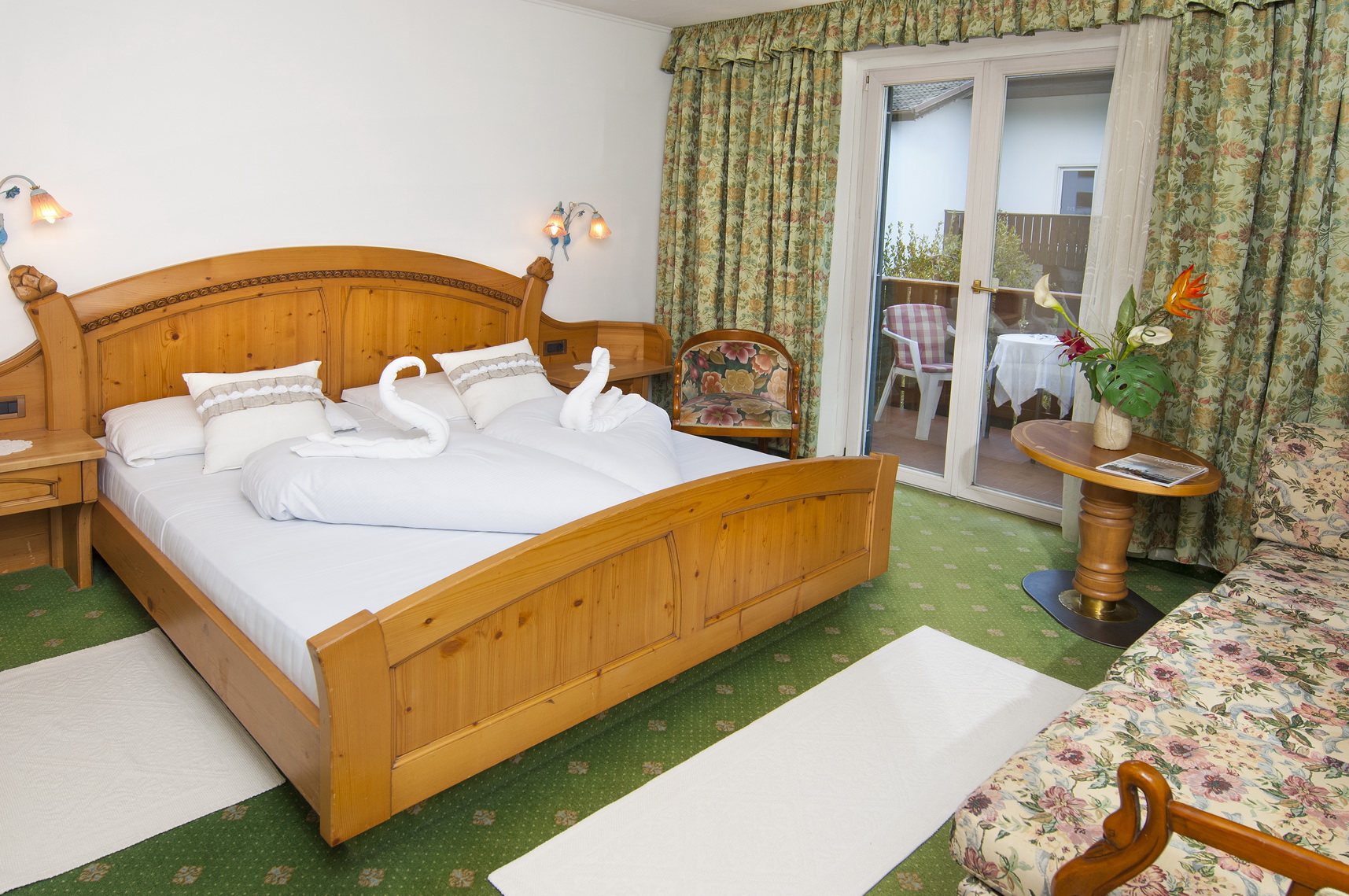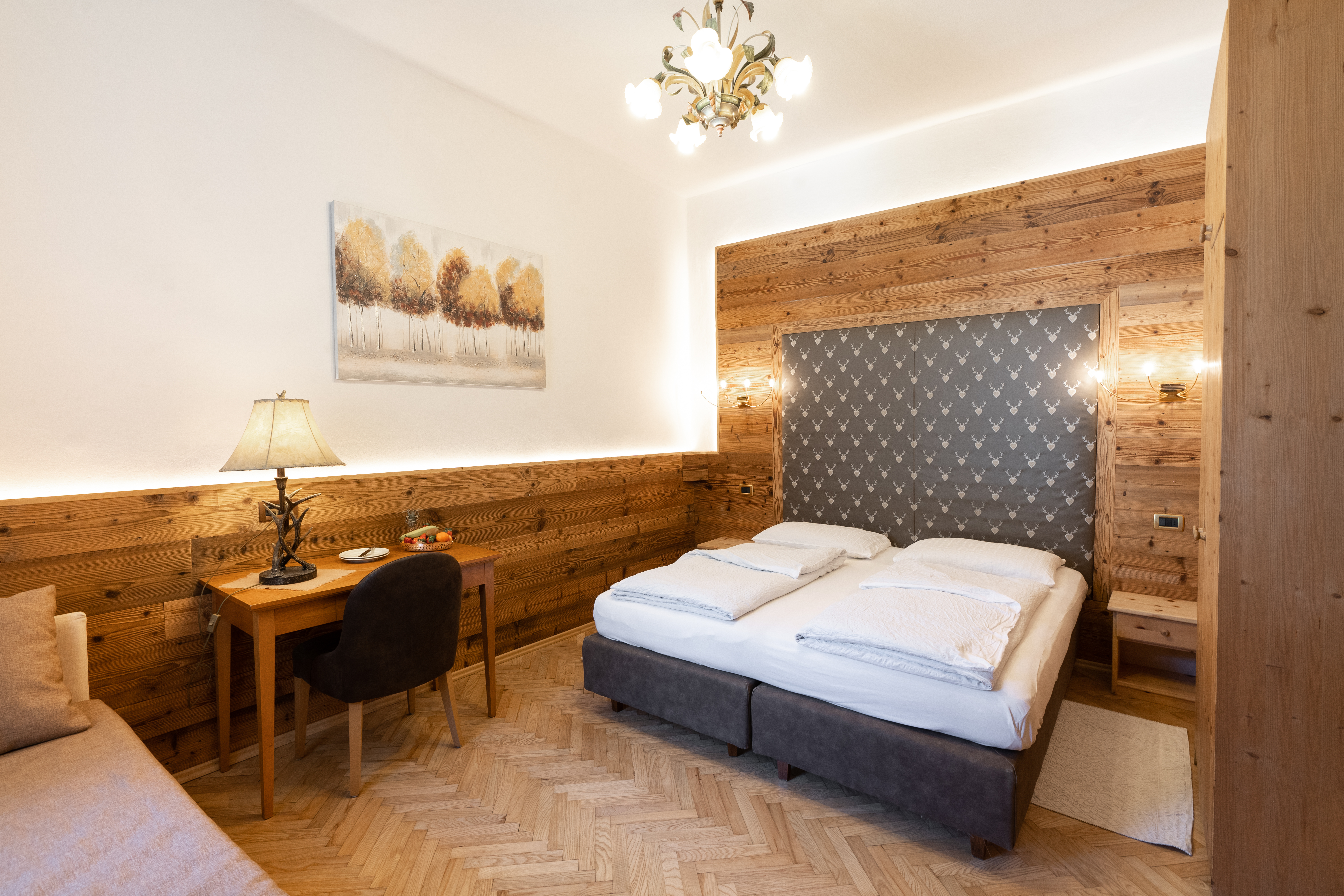Structure of Abl in intricate with AP24163
The authors would like to thank Shuangying Liu and R. Mathew Thomas from the ARIAD biochemistry department with their aid in planning AP24283 and AP24163 and their analogs, also Jeff Keats and Qihong Xu of ARIAD Biology office for supplying chemical and cell assay facts. In addition to that we know Feng Li and Allyn Martin due to their technical support, Manfred Weigele, David Berstein and Victor Rivera of ARIAD due to their opinions and enthusiastic service of the jobs.
Acknowledgments
Nilotinib (AMN-107), a second-generation DFG-out substance originated to boost the efficiency of imatinib-like particles against Abl, and therefore to overcome several of the imatinib resistant mutations ( 22, 23 ). Imatinib is actually an unhealthy Src inhibitor, IC50 > 100 I sugar-daddies.net sugar daddy in US? m , ergo inhibitors closely derived from this chemotype maintain weak Src task, while they manage display different kinase selectivity. The initial supposition that Src is struggling to adopt a DFG-out conformation was disproven, since imatinib was crystallized with Src in DFG-out binding function, despite its weak inhibitory task ( 24 ). Latest states also have centered on the optimization of DFG-out Src inhibitors, yielding substances which also possess Abl task ( 12, 25 ). Even though the energetic cost of advertising a DFG-out conformation for Src versus Abl is not known, optimized inhibitors can bind both Src and Abl in a DFG-out conformation.
Architectural contrast of Abl and inhibitor co-structures. (A) Overlay of Abl (light blue):AP24283 (gray) with Abl (imperial):dasatinib (environmentally friendly). (B) Overlay of Abl (light-blue):AP24163 (gray) with Abl (imperial):nilotinib (eco-friendly). (C) Overlay of Abl (light blue):AP24283 (gray) with Abl (imperial):AP24163 (green). Hydrogen bonds within Abl:AP24283 and Abl:AP24163 is represented as dashed purple traces whereas those who work in Abl:dasatinib and Abl:nilotinib black. The pseudo hydrogen bond developed amongst the OI? of Thr315 and carbon atom for the plastic linker I± to purine N-9 in both Abl:AP24283 and Abl:AP24163 try shown in dashed purple line. Architectural superpositions were performed from the hinge of this kinase, making use of PDB laws 2GQG for peoples Abl:dasatinib and 3CS9 for human Abl:nilotinib.
Comparison of AP24163 and nilotinib Abl co-structures
In a past manuscript explaining the crystal design of Abl T315I kinase site limited by a DFG-in substance, PPY-A, we showed the ethyl gang of along side it cycle regarding the mutated gatekeeper Ile315 partly filled the selectivity pocket ( 14 ). This isoleucine side-chain conformation nonetheless cannot seem suitable for inhibitors like AP24163 or nilotinib that bind for the selectivity wallet. Renewable side-chain conformations of Ile315 tend to be feasible, e.g. where in actuality the ethyl class would point to the vinyl linker in the purine theme of AP24163. Modeling research declare that using this alternative conformation of Ile315 side-chain and a small change associated with the bound inhibitor, AP24163 can bind towards the ATP site in a DFG-out binding function without major steric clashes, consistent with the average Abl T315I activity of AP24163.
The significance of developing two hinge hydrogen ties to retain Src task is actually more supported by structure-activity partnership inside the purine arenyl DFG-out ingredients. AP24348 was an analog of AP24163 which does not have the cyclopropylamine group thus could make just one hydrogen relationship toward hinge. The Src kinase IC50 of AP24348 was 84 n m , approximately 10-fold bad as compared to Src IC50 of AP24163, 7.6 n m (desk 1). The Abl kinase activity of AP24348 is preserved, however, Abl IC50 = 48 letter m , versus that AP24163 Abl IC50 = 25 letter m . Although AP24348 has actually paid off hinge relationships versus AP24163 in both Src and Abl, when it comes to Abl this control could be counterbalance by higher interactions, both straight and ultimately, towards the versatile P-loop. Close compensatory communications tend to be not likely to happen in Src, which has a long P-loop construction ( 24, 33, 34 ), resulting in reasonable reduction in potency against Src.

















